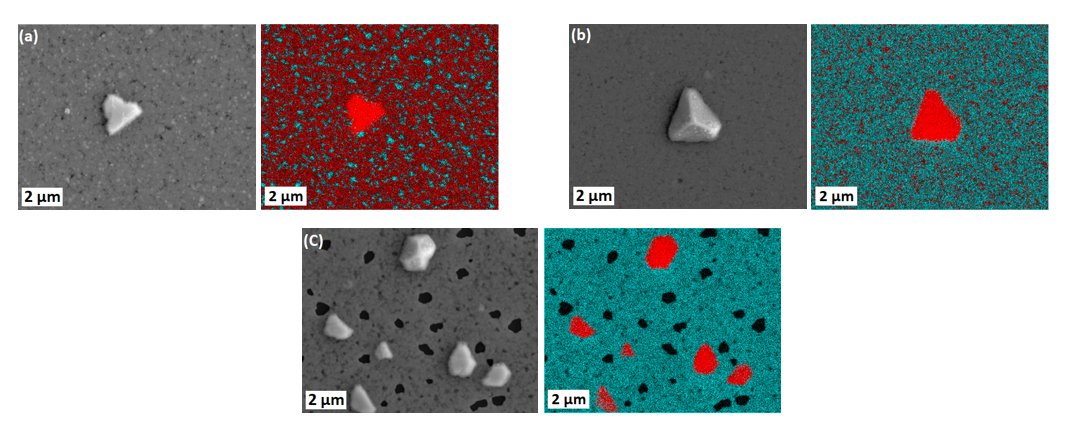
Solid state dewetting behavior of CoCu alloy films
Solid state dewetting (SSD), leading to break-up and agglomeration of the thin films, can occur in the films with thicknesses in the order of hundreds of nanometers below the melting temperature of the film. Understanding the underlying processes particularly matters where the stability of the film in applications such as micro-electronics is of concern. On the other hand, we might be able to produce nano/micro particle assemblies with specific size or composition through a well-controlled dewetting procedure and also manipulating the properties of the film such as its thickness and composition. In this project, we investigate the SSD behavior of CoxCu100-x alloy thin films. We specifically focus on the effect of the film composition on dewetting behavior.
Generally thin films possess high surface and interface energies due to their high surface to volume ratio. As this ratio increases, the film can become metastable in the as-deposited state. As a result, it can undergo solid state dewetting at sufficiently high temperatures below the film material’s melting temperature. In this process, capillary forces break the film up into isolated particles and islands, being detrimental for some applications like coating industry and micro-electronics. Alternatively, the nano/micro particles produced by solid state dewetting, can be used in many applications, for example as catalysts in electrochemistry or in magnetic devices where the particles contain a magnetic material like Co [1]. For both cases, in order to either prevent or control the dewetting, a deep understanding of this process at each stage is required.
So far, there have been some studies on SSD of single element systems such as Al [2] as well as multi-layer films but very few investigations have been carried out on alloy systems. We chose CoCu alloy system, due to its relatively simple phase diagram which makes it possible to narrow down the number of variables (like composition, crystallographic phase, etc.) that could affect SSD to the ones of our interest. Moreover, this alloy could be applied in devices which utilize magnetic nanoparticles considering the magnetic properties of Co. In addition to that, it has been shown that the efficiency of the electrochemical CO2 reduction can be improved by CoCu alloy catalysts with low Co content (5-15 at.%) [3].
In this project, we deposit CoxCu100-x thin films by magnetron sputtering on (0001) sapphire with three different compositions equal to 15, 38 and 75 at.% Co. In order to induce solid state dewetting, annealing treatments are performed in a range of temperatures between 400 and 800 °C. An intense campaign of characterization is carried out before and after annealing experiments using scanning and transmission electron microscopies (SEM, TEM) and X-ray diffraction (XRD) techniques.
Upon annealing, we observed formation of Cu-rich hillocks as well as a change in the texture of the films before initiation of dewetting. The number and size of these hillocks and the texture vary for different temperatures and compositions. Our studies also reveal the dependency of the onset temperature for initiation of dewetting on the film composition.

